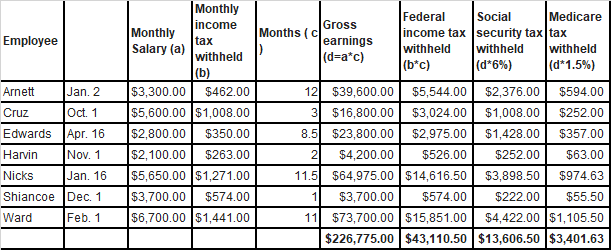Hospitals and other health-care organizations provide services knowing that they will collect from a third-party payer, such as insurance companies, considerably less than their established billing rates. In addition, they provide services to uninsured patients and are aware that they will collect either none or only a small portion of the amounts to be billed. Comment on how these organizations distinguish between charity care, bad debts, contractual adjustments, and implicit price concessions, and indicate how each affects the amount of revenue from patient care that they should report.
Answer.
Hospitals and other health-care organizations face a complex landscape of financial considerations when providing care to patients. These organizations must navigate multiple sources of payment, including third-party payers such as insurance companies, government programs, and direct payments from patients.
The following terms describe different financial arrangements that affect the amount of revenue from patient care that hospitals should report:
Charity care: When hospitals provide services to patients who are unable to pay and do not have insurance, these services are considered charity care. Hospitals often set aside a portion of their budget to cover the costs of charity care. Charity care is typically not included in revenue from patient care that hospitals report because it is not expected to generate any revenue.
Bad debts: When patients are unable or unwilling to pay their bills, these debts are considered bad debts. Hospitals may attempt to collect these debts, but they often write them off as losses. Bad debts can reduce the amount of revenue from patient care that hospitals report.
Contractual adjustments: Hospitals negotiate rates with insurance companies and other third-party payers that are lower than their established billing rates. These negotiated rates are considered contractual adjustments. When hospitals bill for services provided to patients with insurance, they must adjust the amount billed to reflect the negotiated rate. The difference between the amount billed and the amount collected is considered a contractual adjustment and does not count toward revenue from patient care.
Implicit price concessions: When hospitals provide services to patients who are uninsured, they may offer discounts or payment plans to help these patients pay their bills. These discounts or payment plans are considered implicit price concessions. Implicit price concessions can reduce the amount of revenue from patient care that hospitals report.
It is important for hospitals and other health-care organizations to accurately report revenue from patient care because this information is used to evaluate their financial performance and make decisions about future investments and operations. Understanding the differences between charity care, bad debts, contractual adjustments, and implicit price concessions is crucial for accurately reporting revenue from patient care.


Comments
Post a Comment